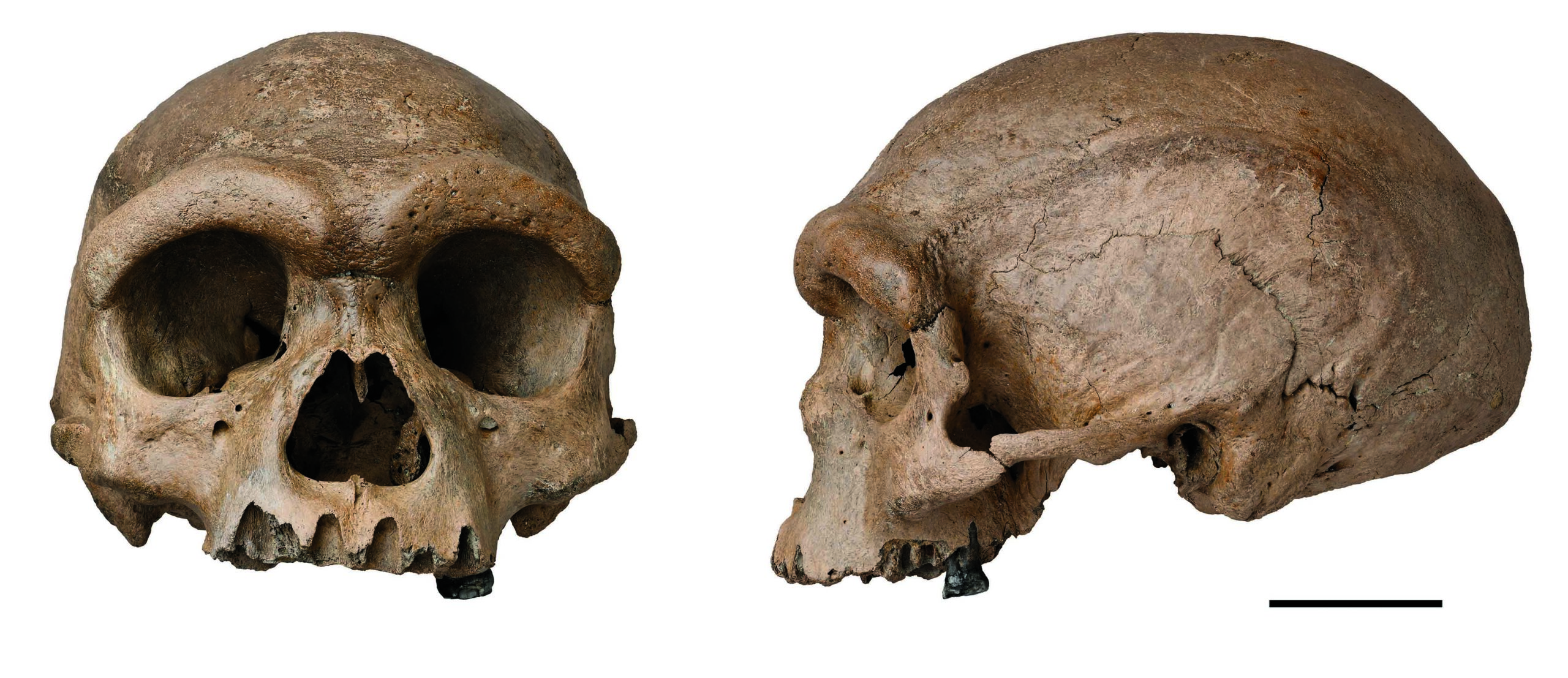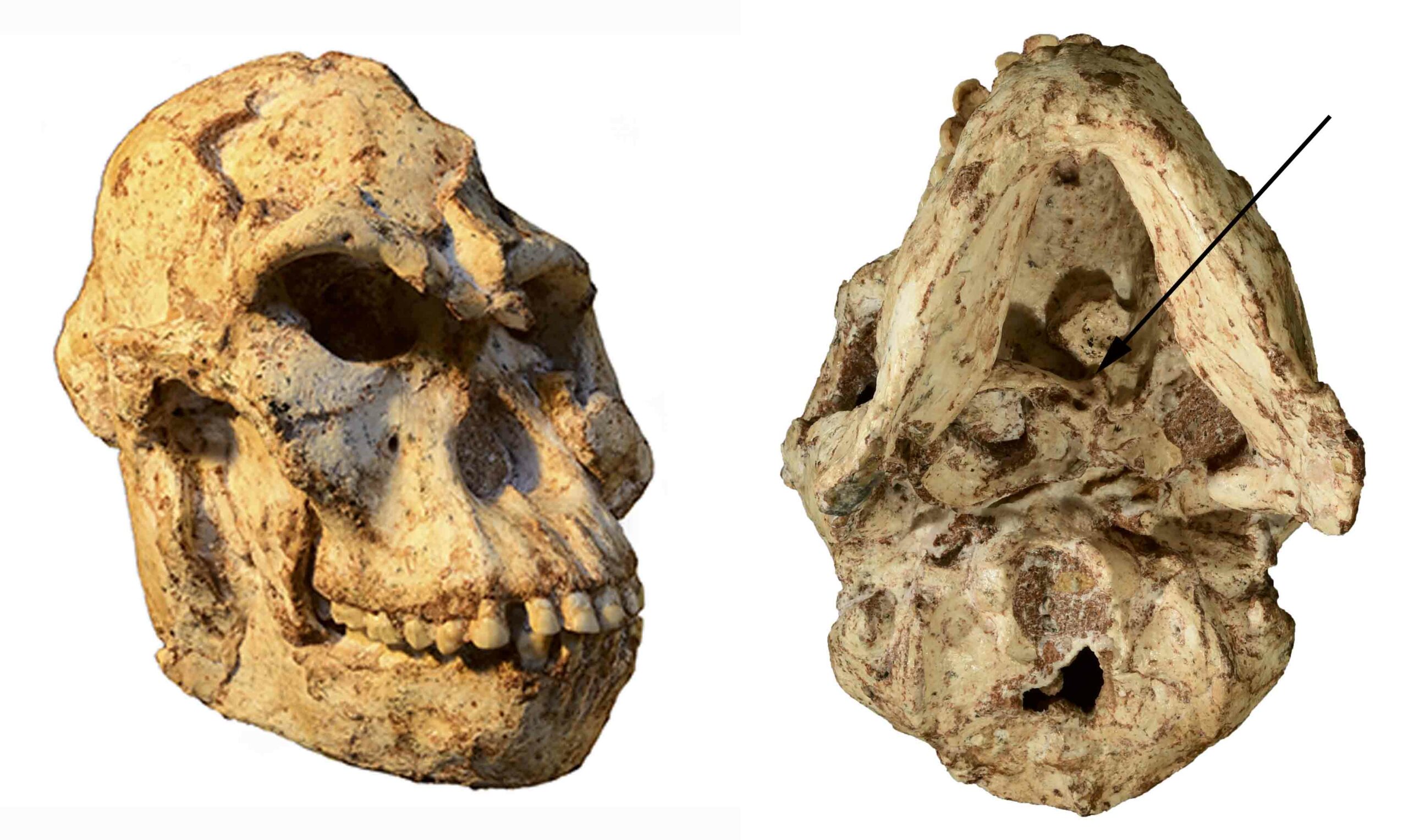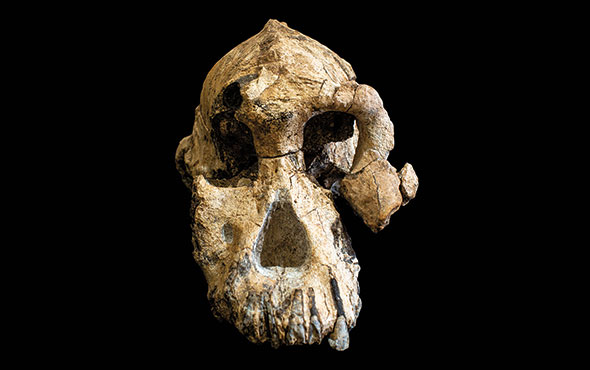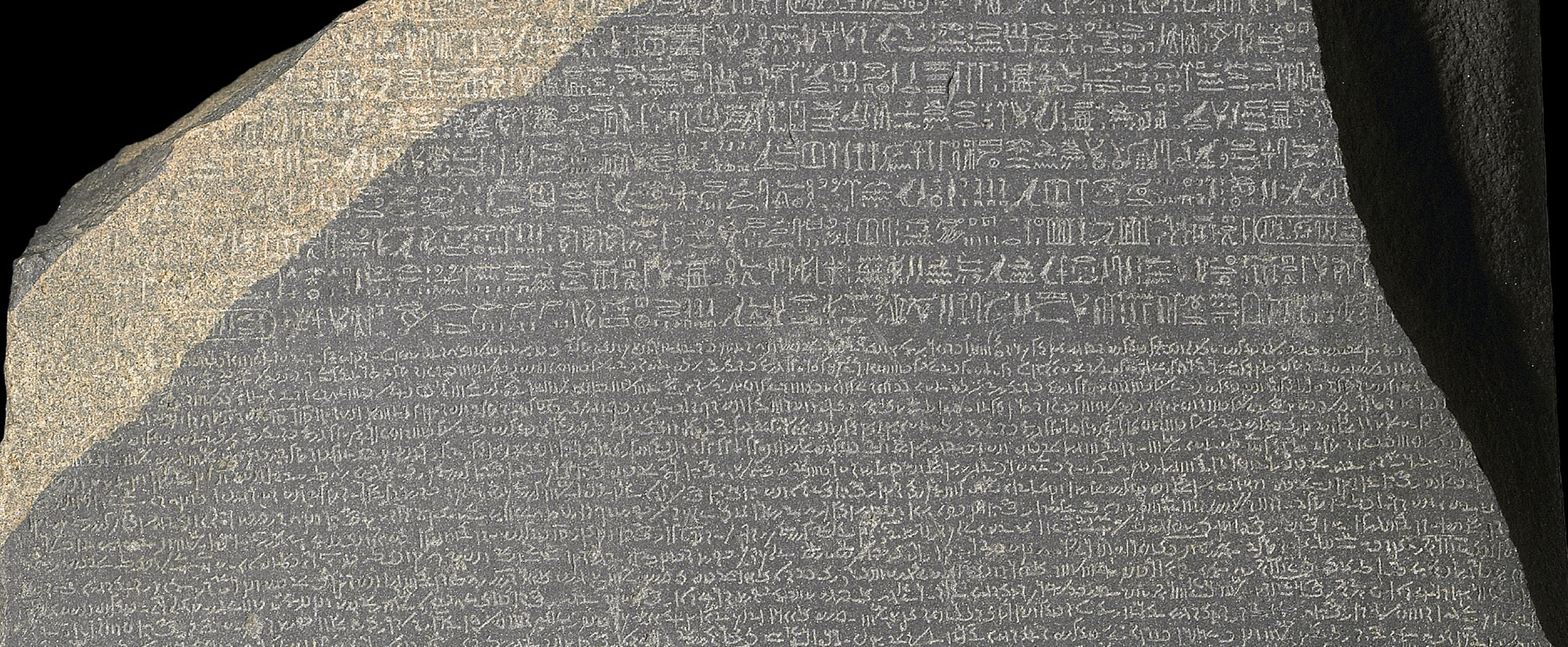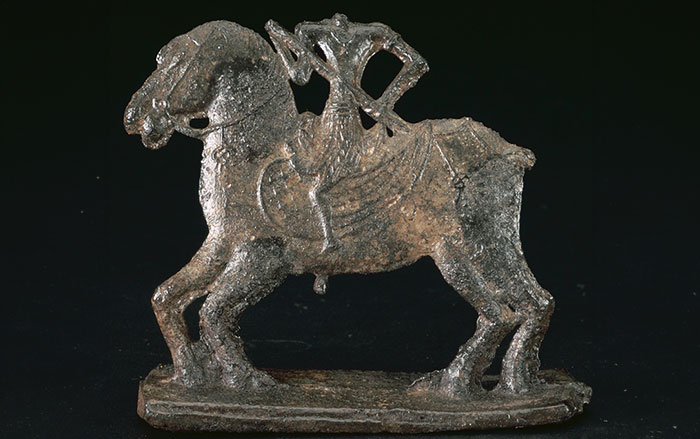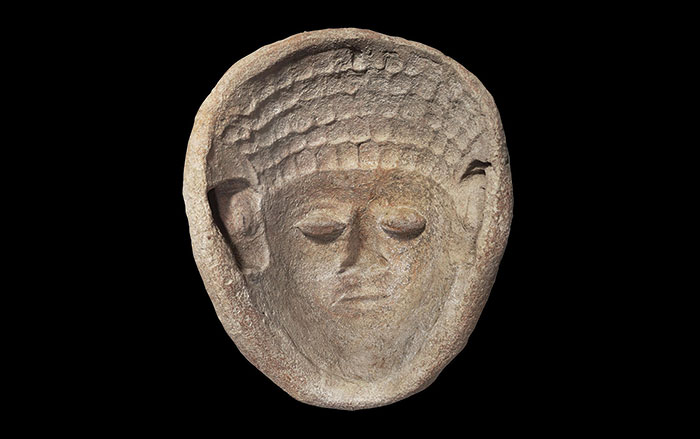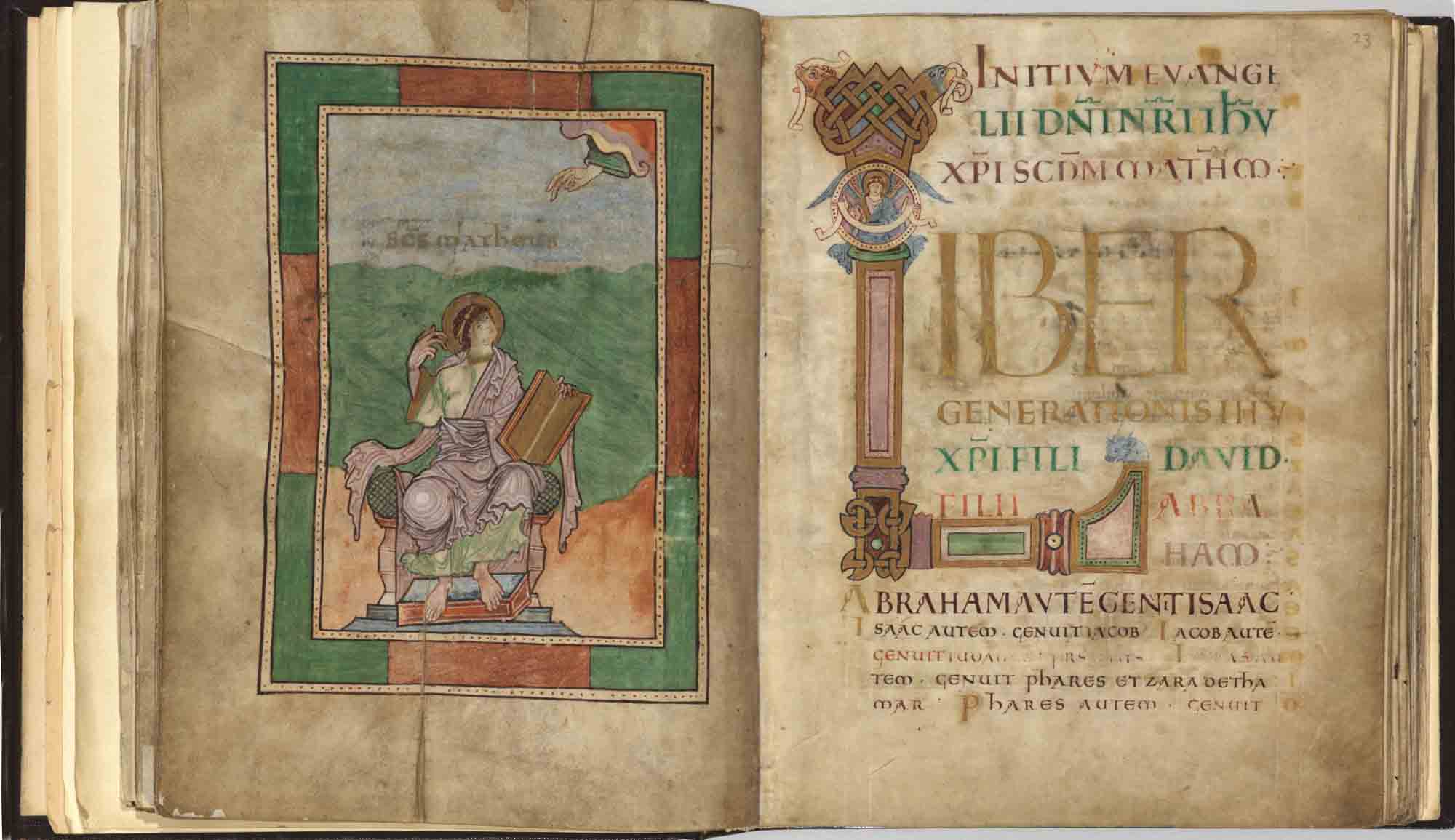In recent years, scientists have determined that early humans interbred with other hominin species, such as Neanderthals and Denisovans, by comparing the genomes of present-day humans with DNA taken from hominin fossils. Now, however, evidence of interbreeding has been found based on analysis of human genomes drawn from people currently living around the world. Specifically, researchers have focused on a gene called MUC7, which codes for a protein found in saliva.
A team led by Omer Gokcumen and Stefan Ruhl of the State University of New York at Buffalo studied how MUC7 varied in 2,500 present-day human genomes. To their surprise, it took a dramatically different form in around 5 percent of people from sub-Saharan Africa. The most likely explanation, the researchers concluded, was that some 150,000 to 200,000 years ago, a group of humans in Africa interbred with an unknown hominin species, whose version of MUC7 has been passed down to people living there today.
Although this interbreeding took place before humans left Africa, the mystery hominin’s genes appear not to have been carried by those who left the continent. Based on known rates of genetic mutation, the hominin appears to have diverged from modern humans around one to two million years ago, and the researchers believe it was probably similar to other hominin species of the era, such as Homo erectus, Neanderthals, and Denisovans, in terms of brainpower and technological skill.
As genomic techniques grow more refined, Gokcumen believes we will detect more and more instances in which early humans interbred with other hominin species. “We are seeing that there were multiple humanlike groups that modern humans absorbed rather than replaced,” he says. “We are only seeing them now because we are able to look at entire genomes.”



